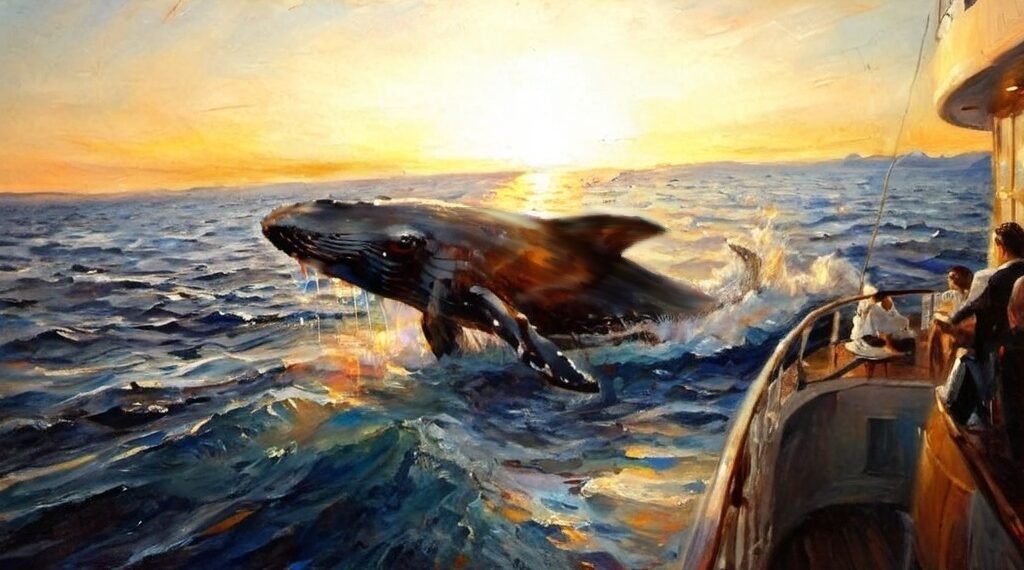A device resembling a shoebox, positioned on a ship’s deck, uses heat-detecting cameras to monitor the ocean. When it detects small puffs of white foam amid the waves, an algorithm is triggered. This device’s machine learning framework captures visuals and processes them via a neural network trained on millions of similar instances.
The artificial intelligence model identifies the heat source as a whale exhaling by comparing its findings with training data, and subsequently alerts a remote human expert who validates this analysis. Within a minute, the ship’s captain receives a warning, facilitating a course correction to avert the potential collision with the whale.
This technology, known as WhaleSpotter, has been developed to provide immediate notifications to vessels, aiming to minimize whale collisions, which significantly impacts the marine mammals’ populations yearly. Under the direction of biophysicist Daniel Zitterbart from the Woods Hole Oceanographic Institution, researchers have assessed this AI-enhanced detection system across multiple platforms along North America’s coasts and the Southern Ocean since 2019, during which time its abilities have continually improved.
Though WhaleSpotter’s installation network has expanded, larger container ships still pose a considerable challenge due to their size and navigation difficulties in poor visibility. Zitterbart’s collaboration with Matson Navigation Company aims to adapt WhaleSpotter for these vessels, enhancing detection distances using advanced thermal cameras, although real-time alerts have yet to be activated. Zitterbart emphasizes the system’s role in conservation, advocating for human validation of AI-generated results to mitigate alarm fatigue among ship captains and raise awareness of the plight of endangered species like the North Atlantic right whale.
The ainewsarticles.com article you just read is a brief synopsis; the original article can be found here: Read the Full Article…

